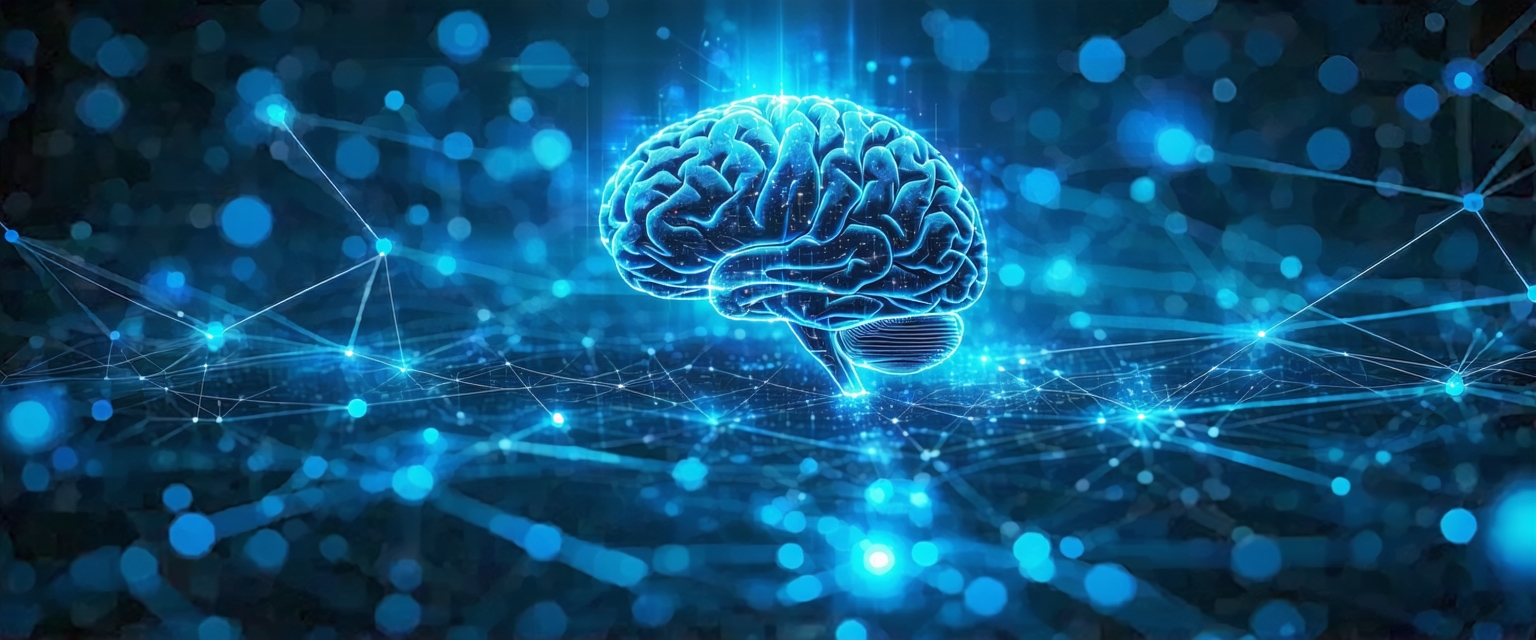






Recent advancements in deep learning have yielded significant improvements in model generalization and efficiency, marking a notable step forward in the field’s capabilities. These developments promise to expand the practical applications of AI across various industries.
Deep learning models, particularly large language models (LLMs), have shown impressive performance on specific tasks. However, their ability to generalize – to perform well on unseen data and tasks different from their training data – has been a persistent challenge. Overfitting, where a model performs exceptionally well on training data but poorly on new data, has been a major hurdle.
Researchers have explored various techniques to improve generalization, including architectural innovations, improved training methods, and data augmentation strategies. Recent breakthroughs are combining these approaches for enhanced results.
Recent research focuses on techniques like “prompt engineering” for LLMs, which involves carefully crafting input prompts to guide the model towards desired outputs. This reduces reliance on extensive fine-tuning and improves performance on diverse tasks. Furthermore, advancements in model architecture, such as the incorporation of attention mechanisms and improved regularization techniques, are leading to more robust and generalizable models.
Another exciting development involves the use of synthetic data generated by generative models to augment training datasets. This addresses the scarcity of labeled data, a major bottleneck in many deep learning applications. By supplementing real-world data with high-quality synthetic data, researchers can create more comprehensive and representative training sets, leading to better generalization.
The improved generalization capabilities of deep learning models have far-reaching implications. More reliable and adaptable AI systems can be deployed in critical applications such as healthcare, finance, and autonomous driving. Improved efficiency also means reduced computational costs and energy consumption, making AI more accessible and sustainable.
Future research will likely focus on developing even more efficient and robust generalization techniques. This includes exploring novel architectures, investigating more sophisticated training methodologies, and developing more effective methods for handling noisy or incomplete data. The ultimate goal is to create deep learning models that can adapt seamlessly to new and unpredictable situations.